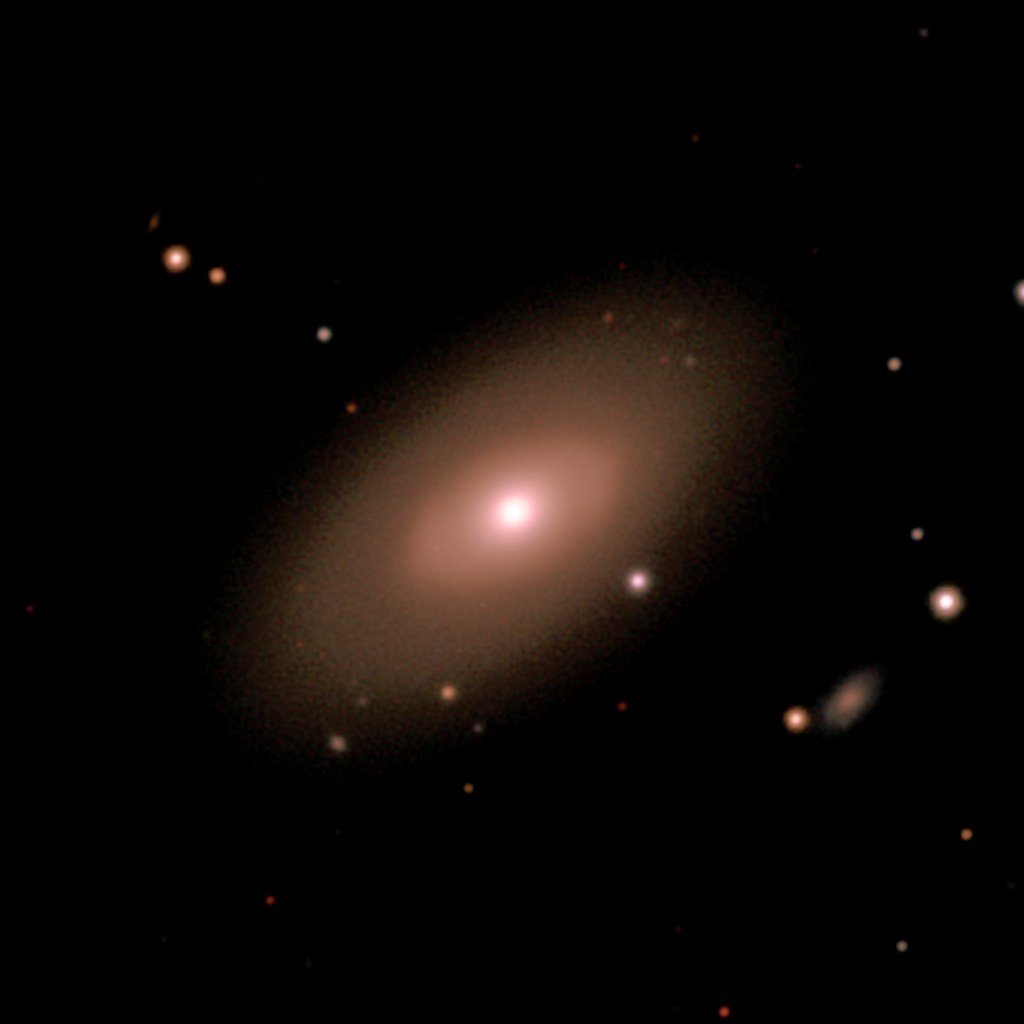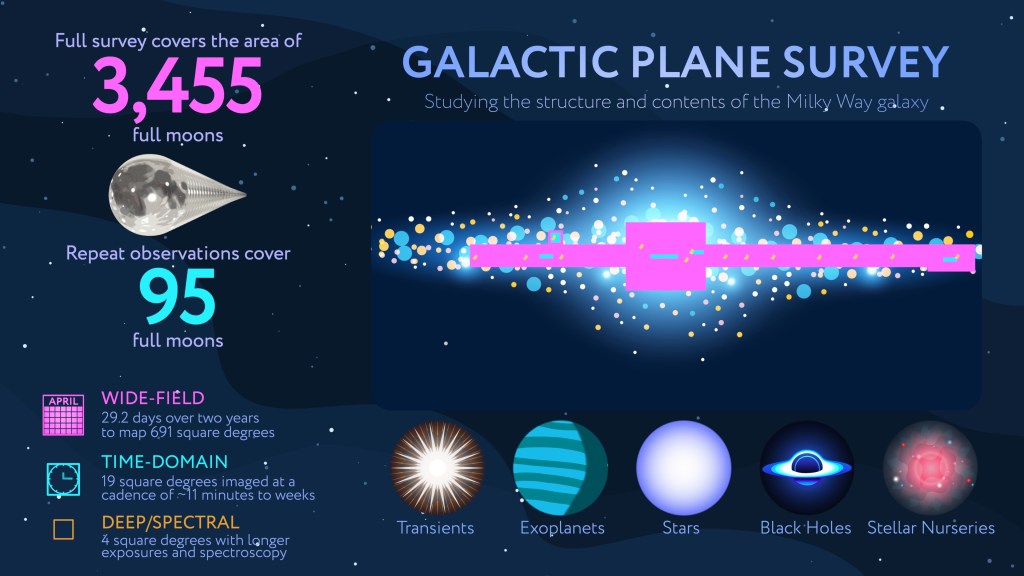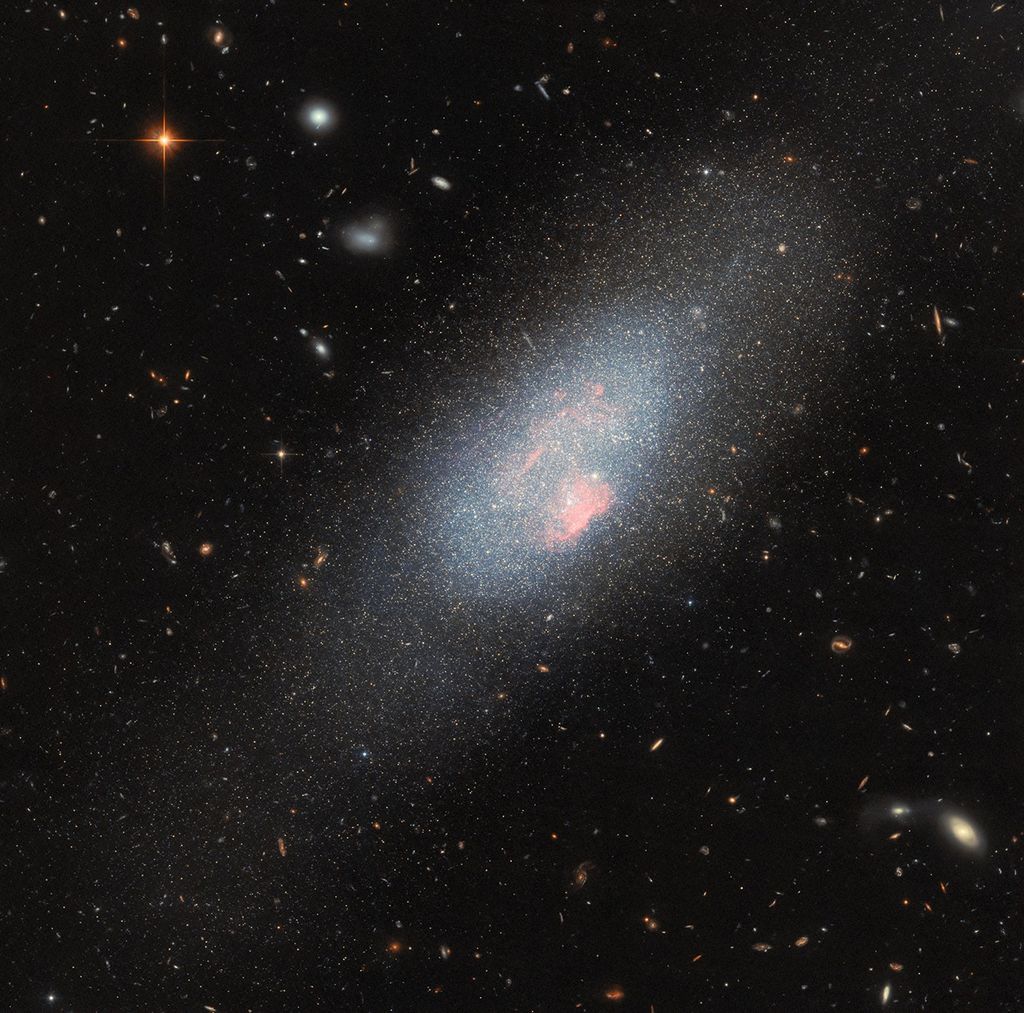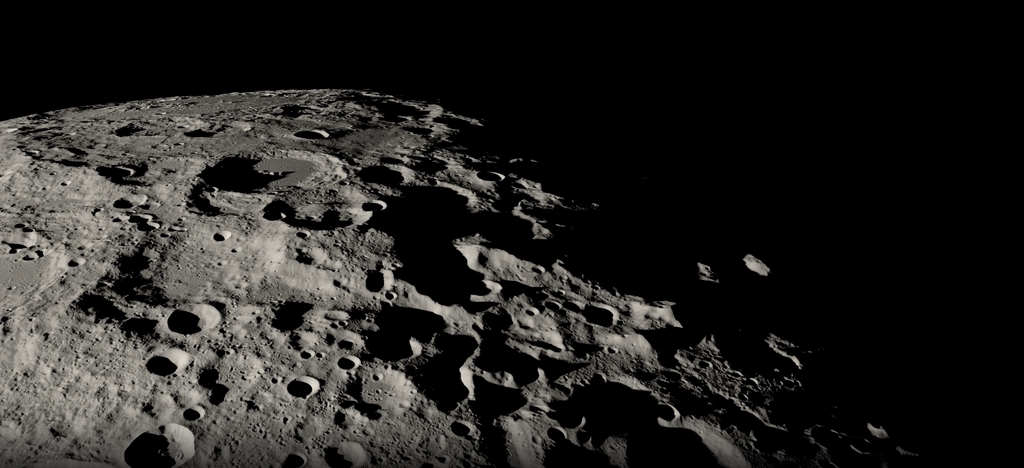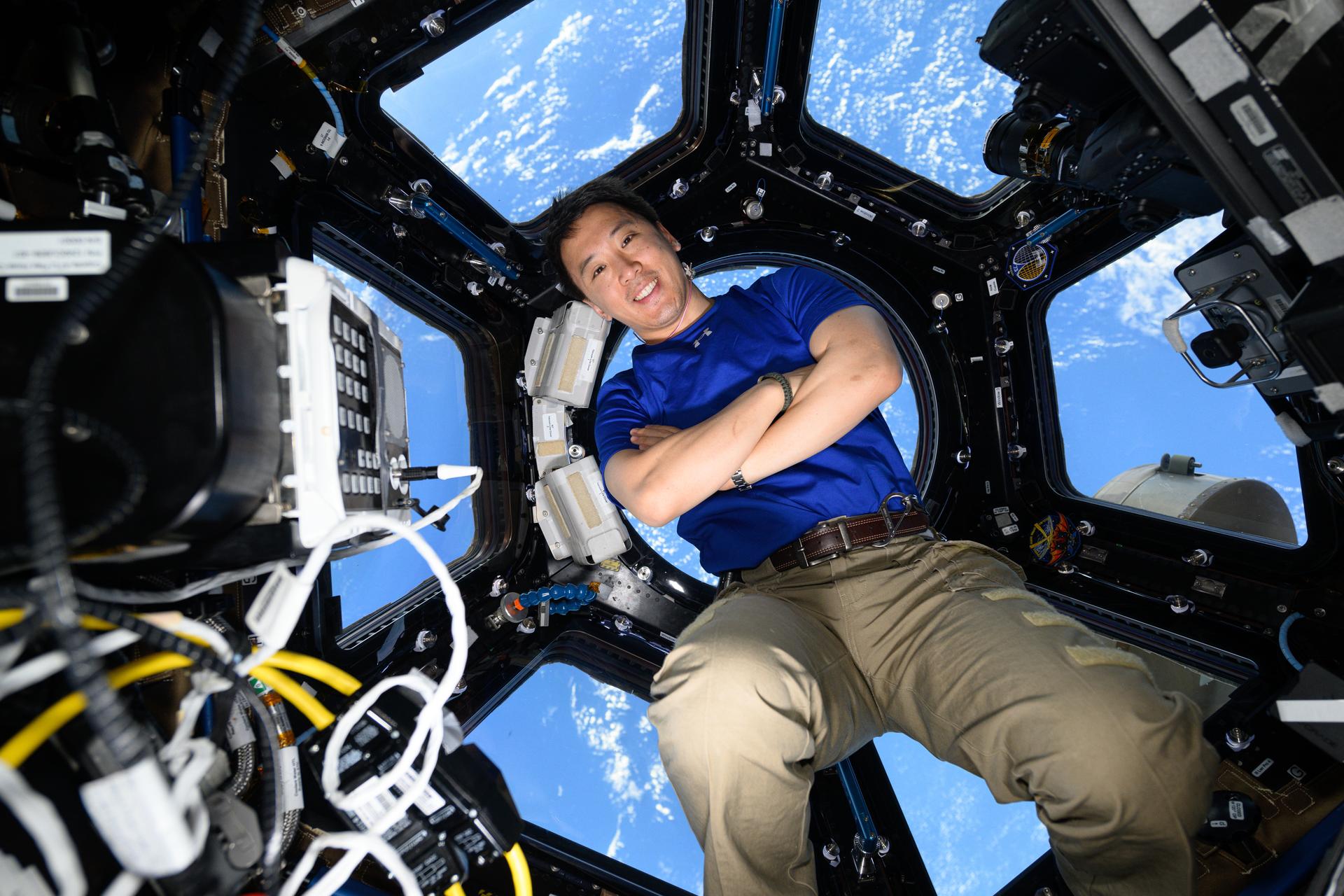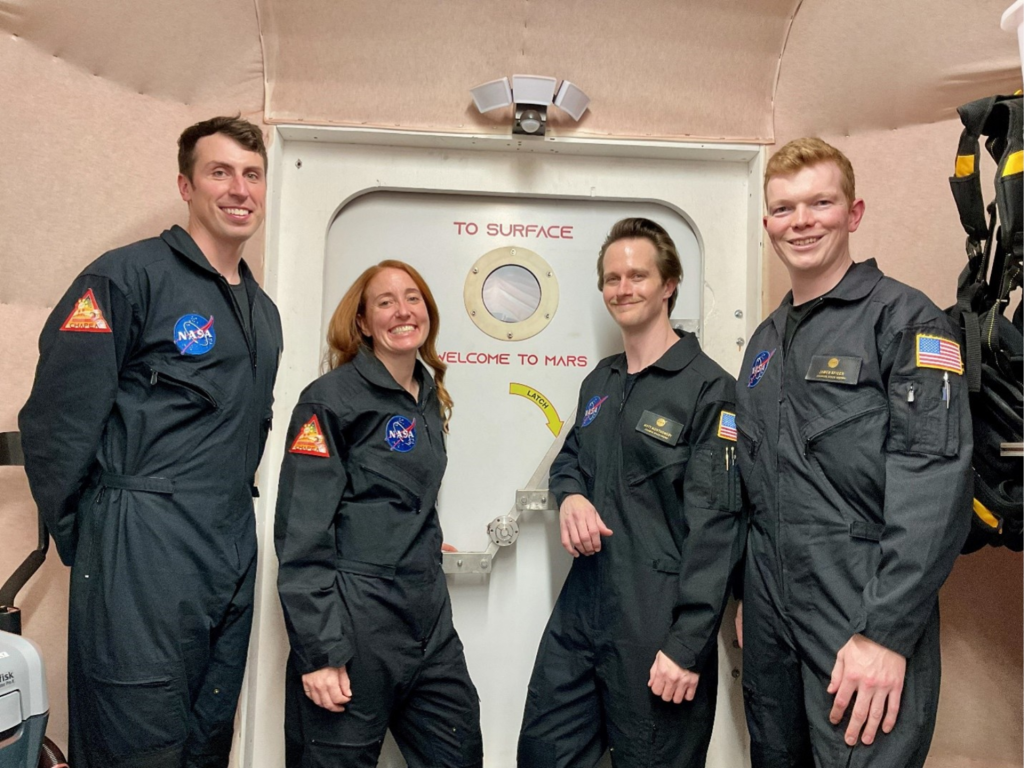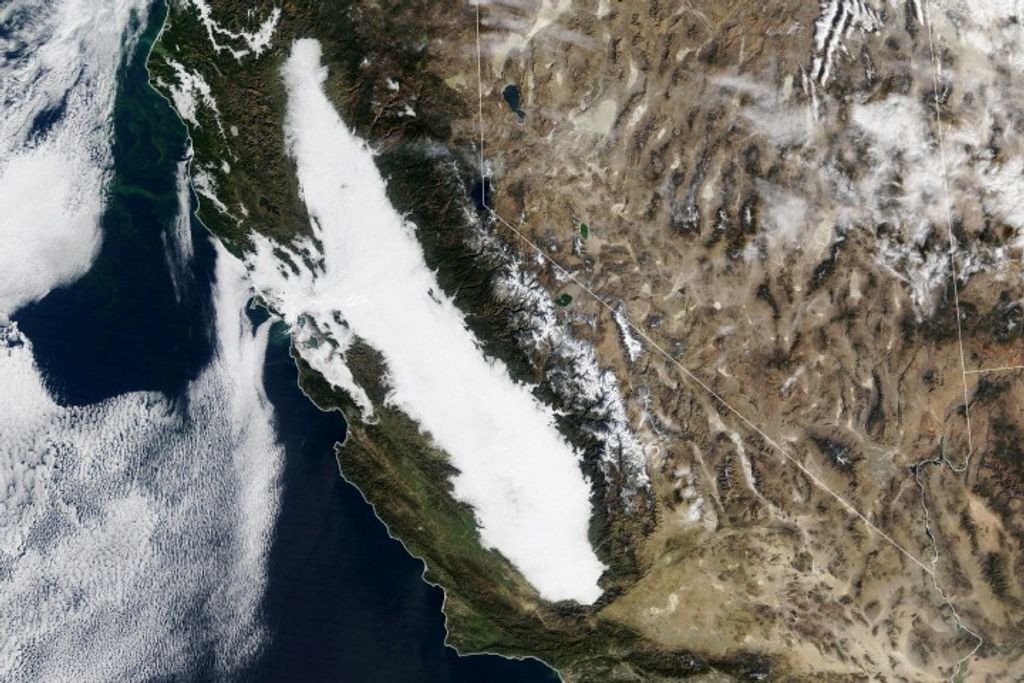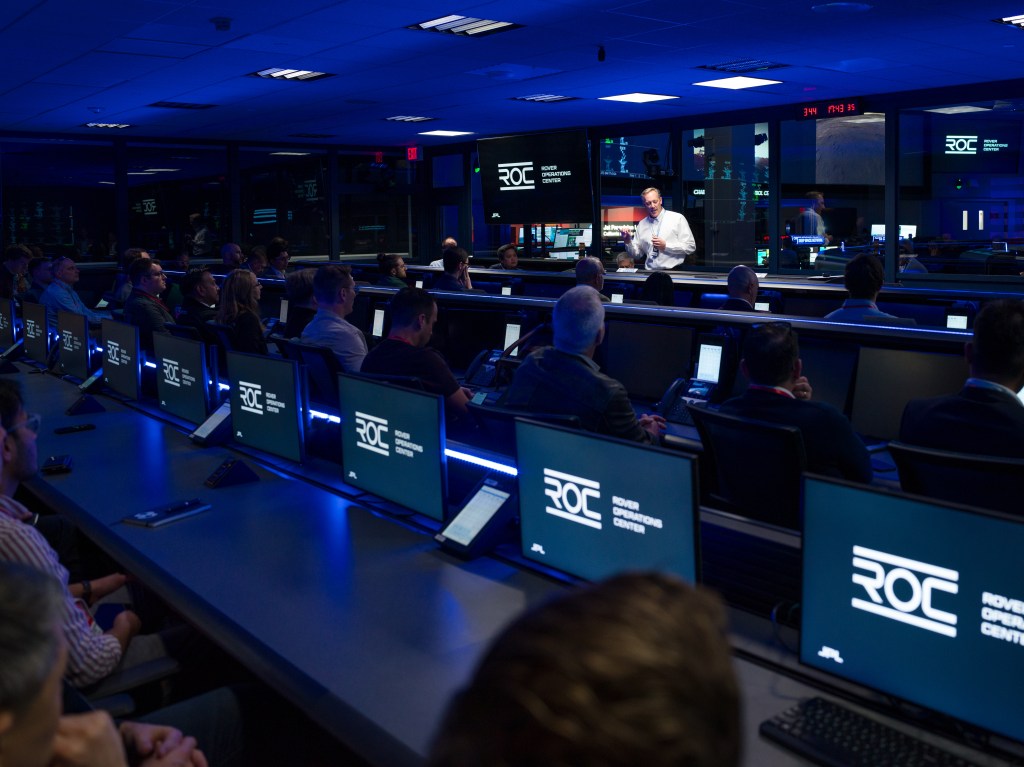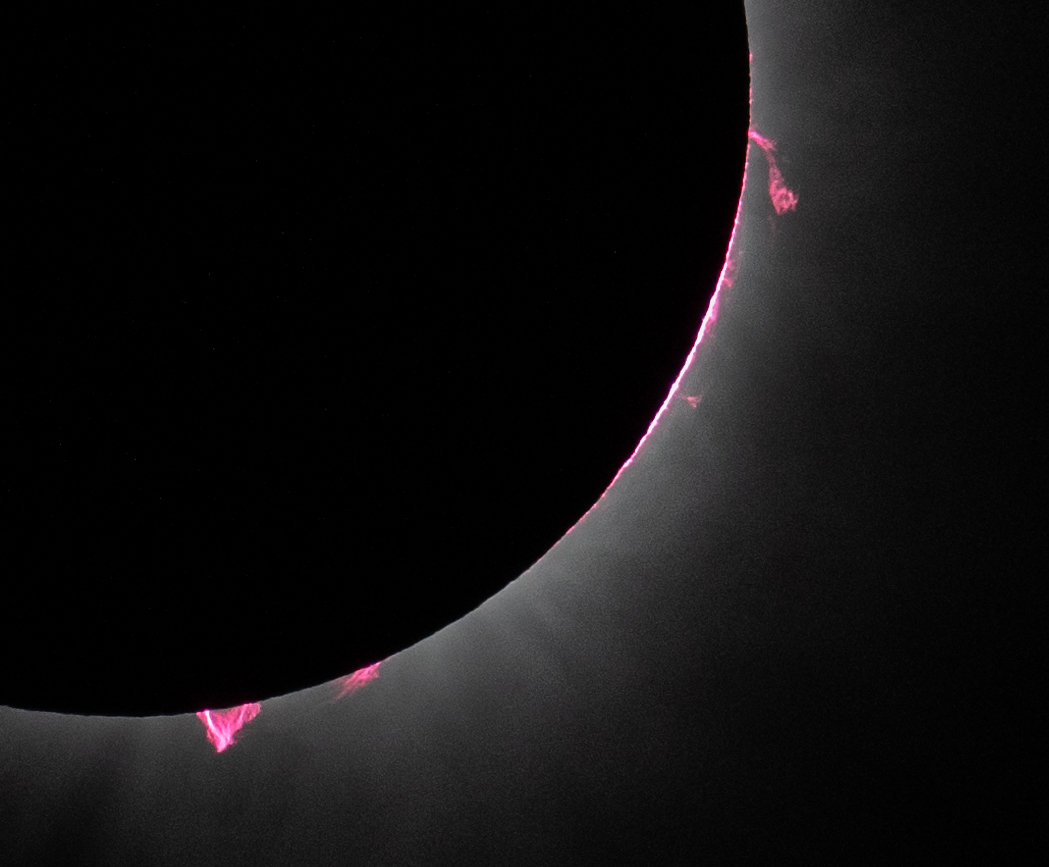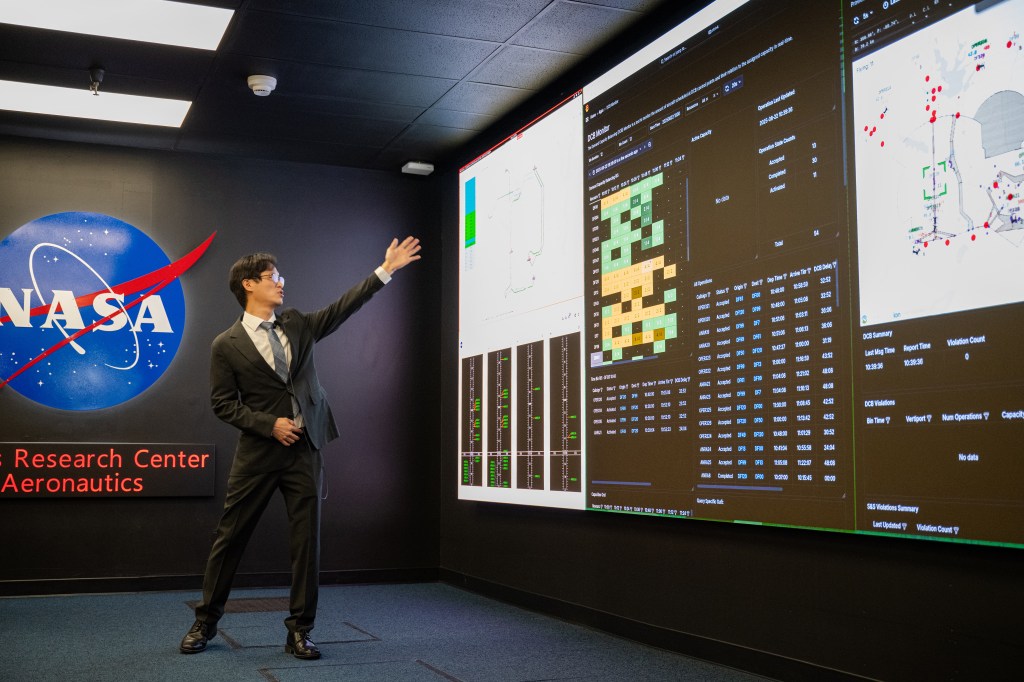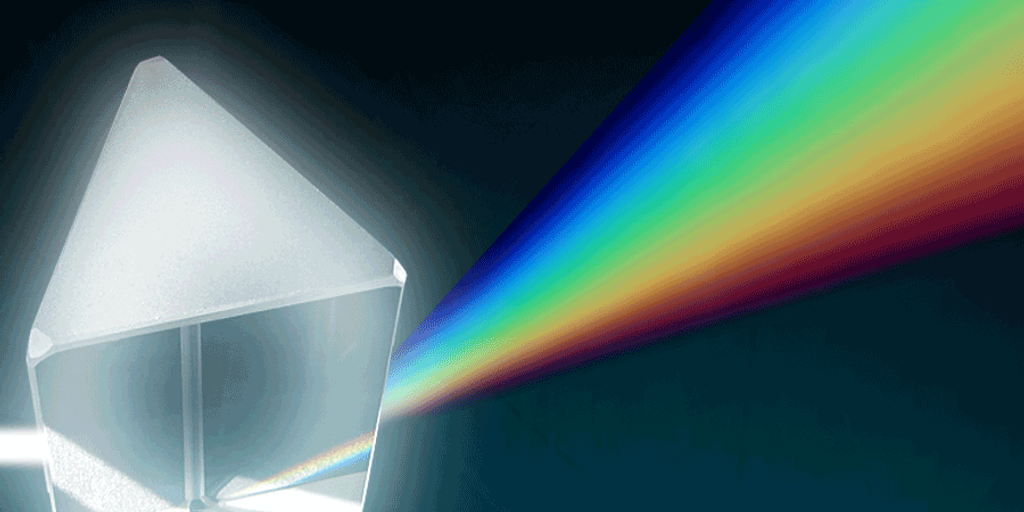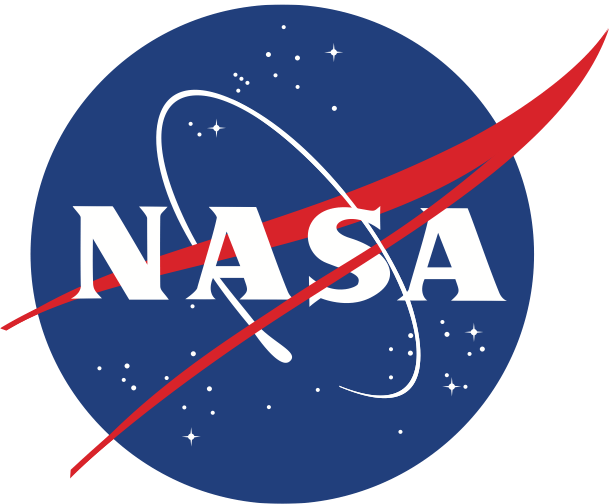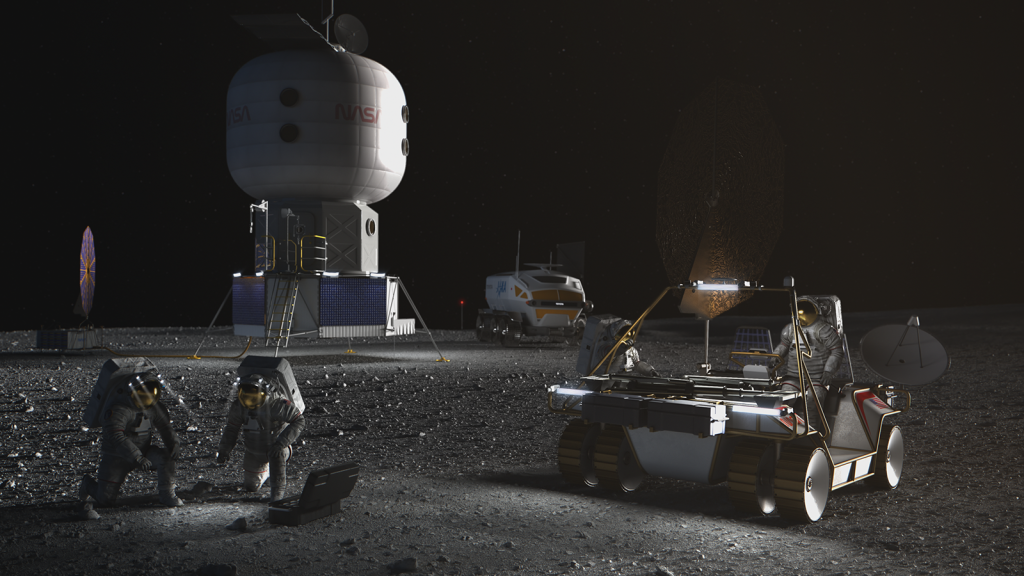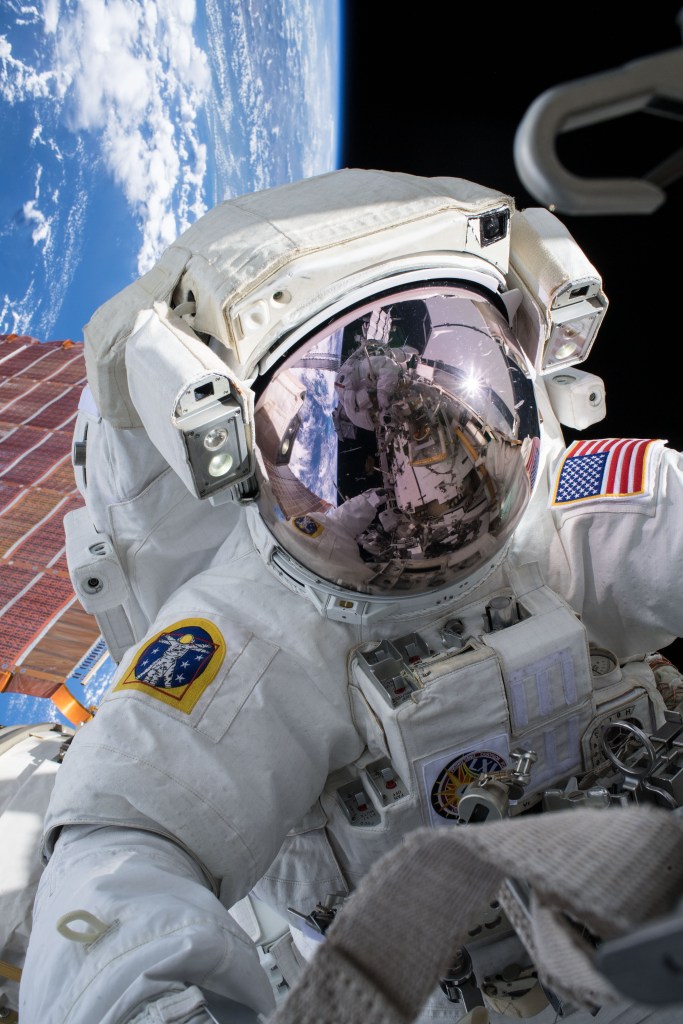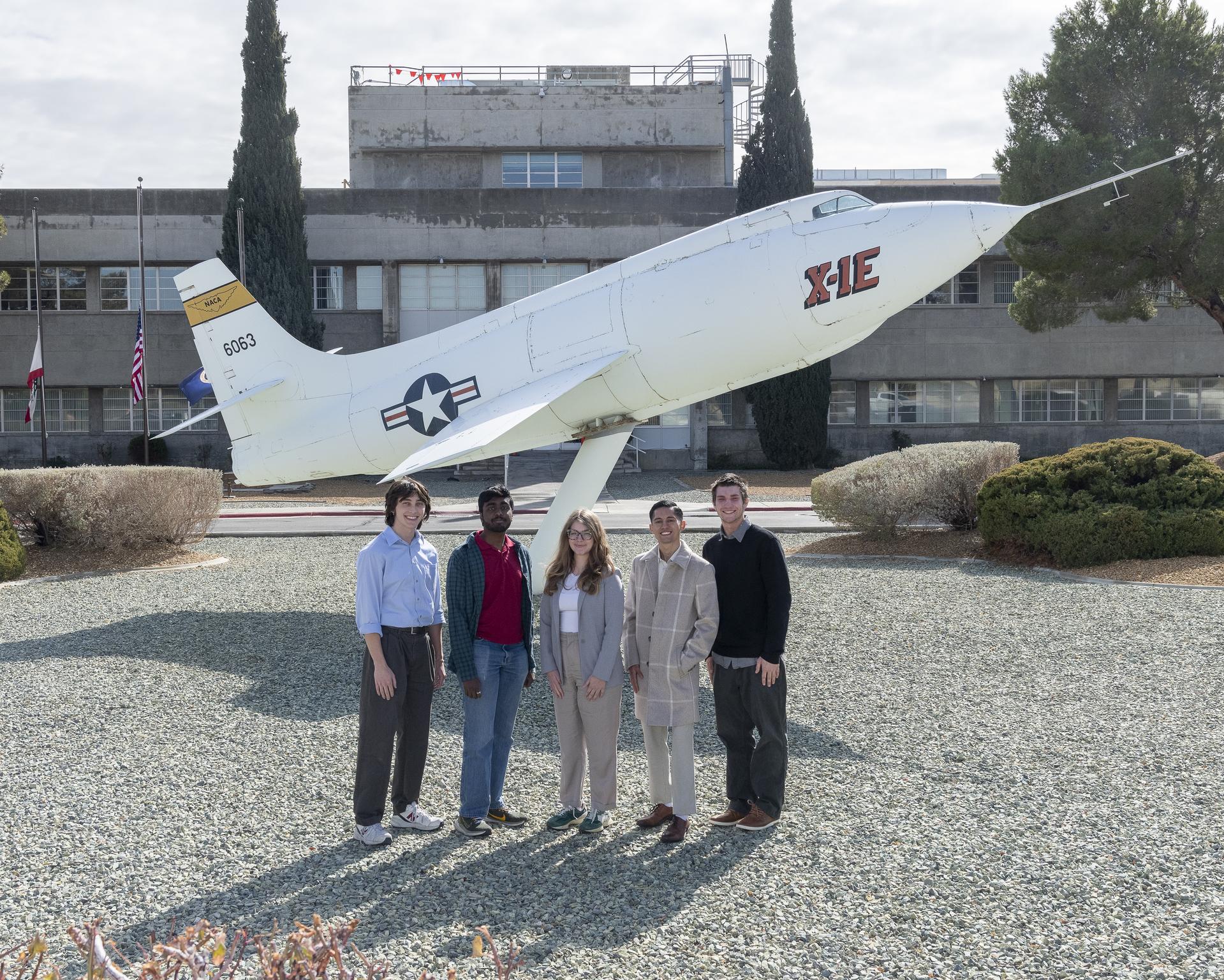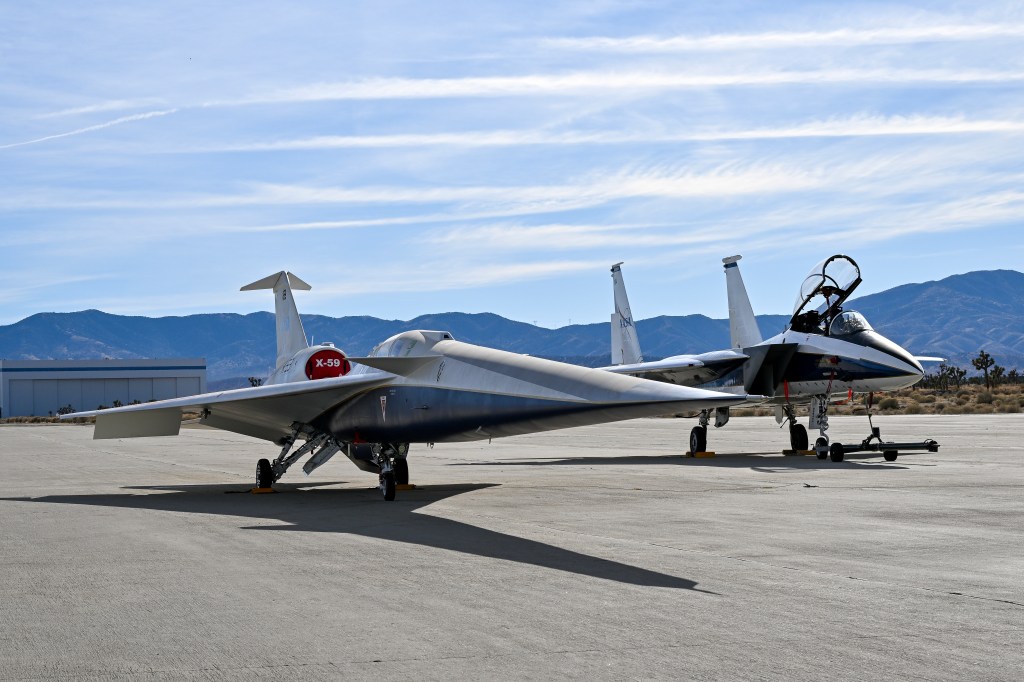NASA, SpaceX Complete Crew-11 Dry Dress Rehearsal

NASA’s SpaceX Crew-11 mission moved closer to launch, as the SpaceX Falcon 9 rocket and Dragon spacecraft slated to take the four-member crew to the International Space Station rolled to the pad and the crew participated in a dry dress rehearsal on Monday, July 28 at NASA’s Kennedy Space Center in Florida.
NASA astronauts Zena Cardman and Mike Fincke, along with JAXA (Japan Aerospace Exploration Agency) astronaut Kimiya Yui and Roscosmos cosmonaut Oleg Platonov, spent the day donning spacesuits and completing air leak checks inside the Neil A. Armstrong Operations and Checkout Building at NASA Kennedy. Once suited, the crew members boarded vehicles that drove them to Launch Complex 39A where they entered the SpaceX Dragon spacecraft that will take them to the space station.
Crew-11 is scheduled to launch to the space station no earlier than 12:09 p.m. EDT on Thursday, July 31, for a long-duration mission.
Upon Crew-11’s arrival to the orbiting laboratory, NASA’s SpaceX Crew-10 crew members will help familiarize the new crew with ongoing science and station maintenance work, which supports a safer transition of operations aboard the space station. Following a brief handover and pending weather conditions, Crew-10, including NASA astronauts Anne McClain and Nichole Ayers, JAXA astronaut Takuya Onishi and Roscosmos cosmonaut Kirill Peskov, will board their SpaceX spacecraft and splashdown off the coast of California.
NASA’s Commercial Crew Program has delivered on its goal of safe, reliable, and cost-effective transportation to and from the International Space Station from the United States through a partnership with American private industry. This partnership is opening access to low Earth orbit and the International Space Station to more people, more science, and more commercial opportunities. For almost 25 years, people have continuously lived and worked aboard the International Space Station, advancing scientific knowledge and demonstrating new technologies that enable us to prepare for human exploration of the Moon as we prepare for Mars.


